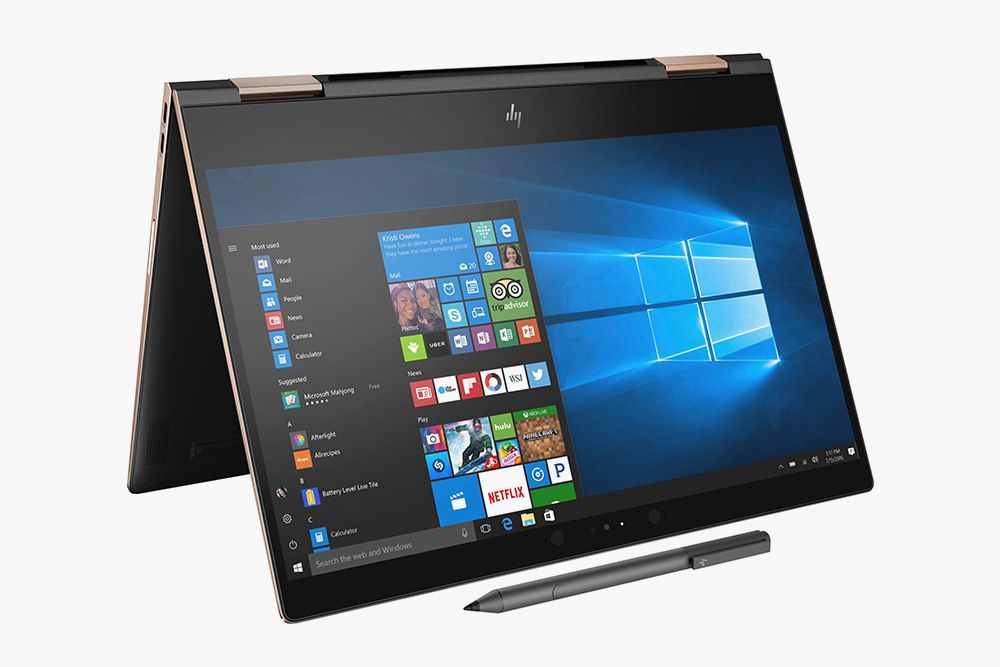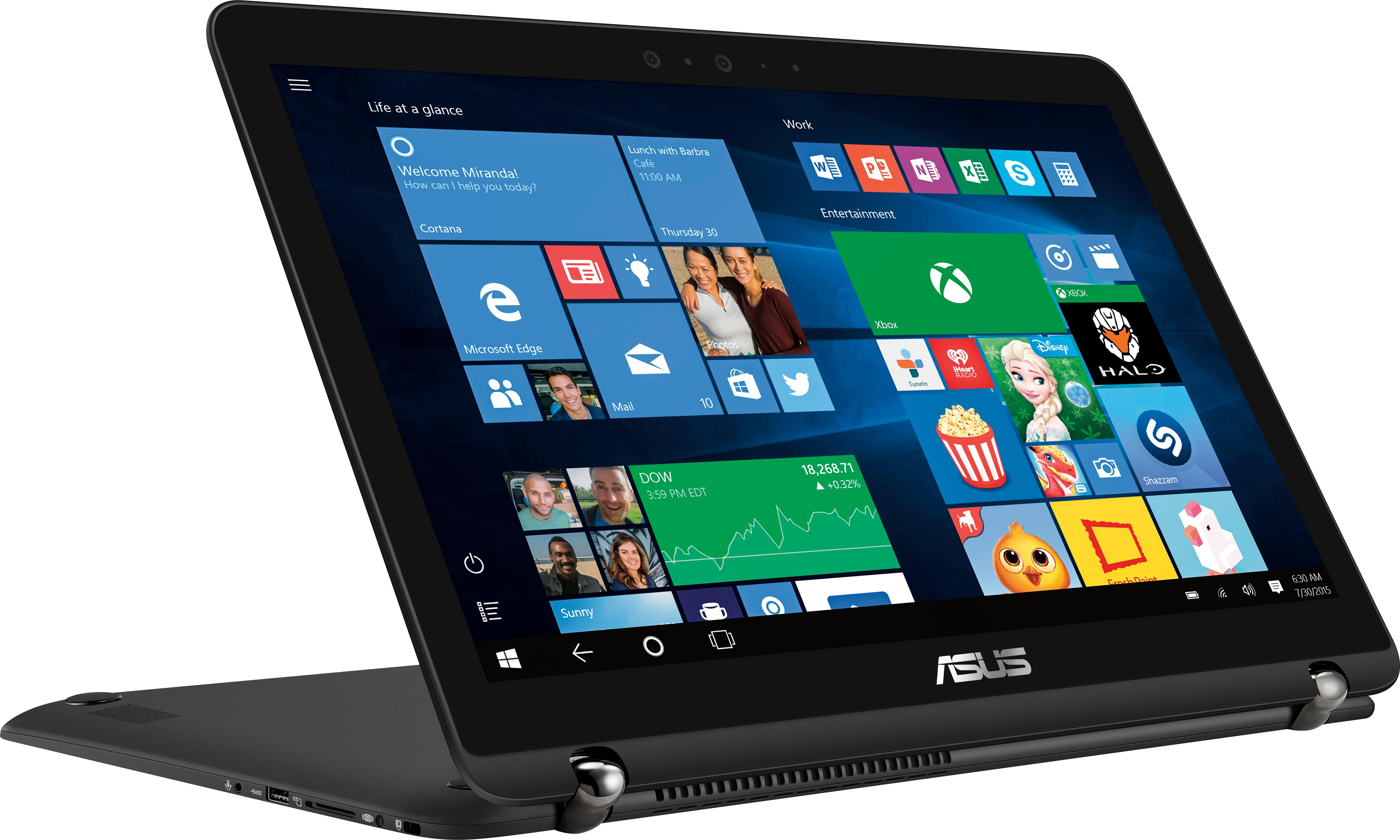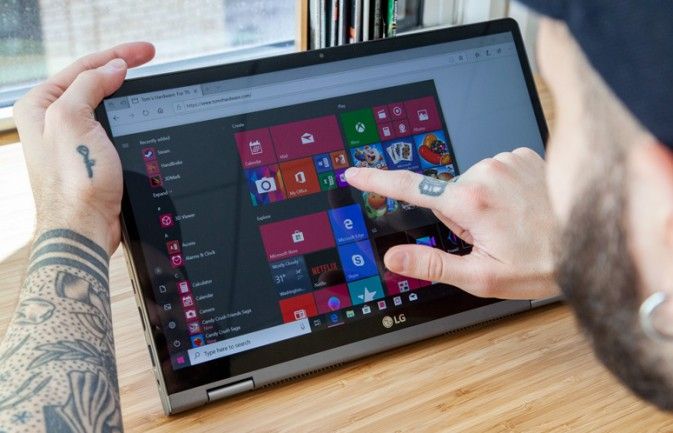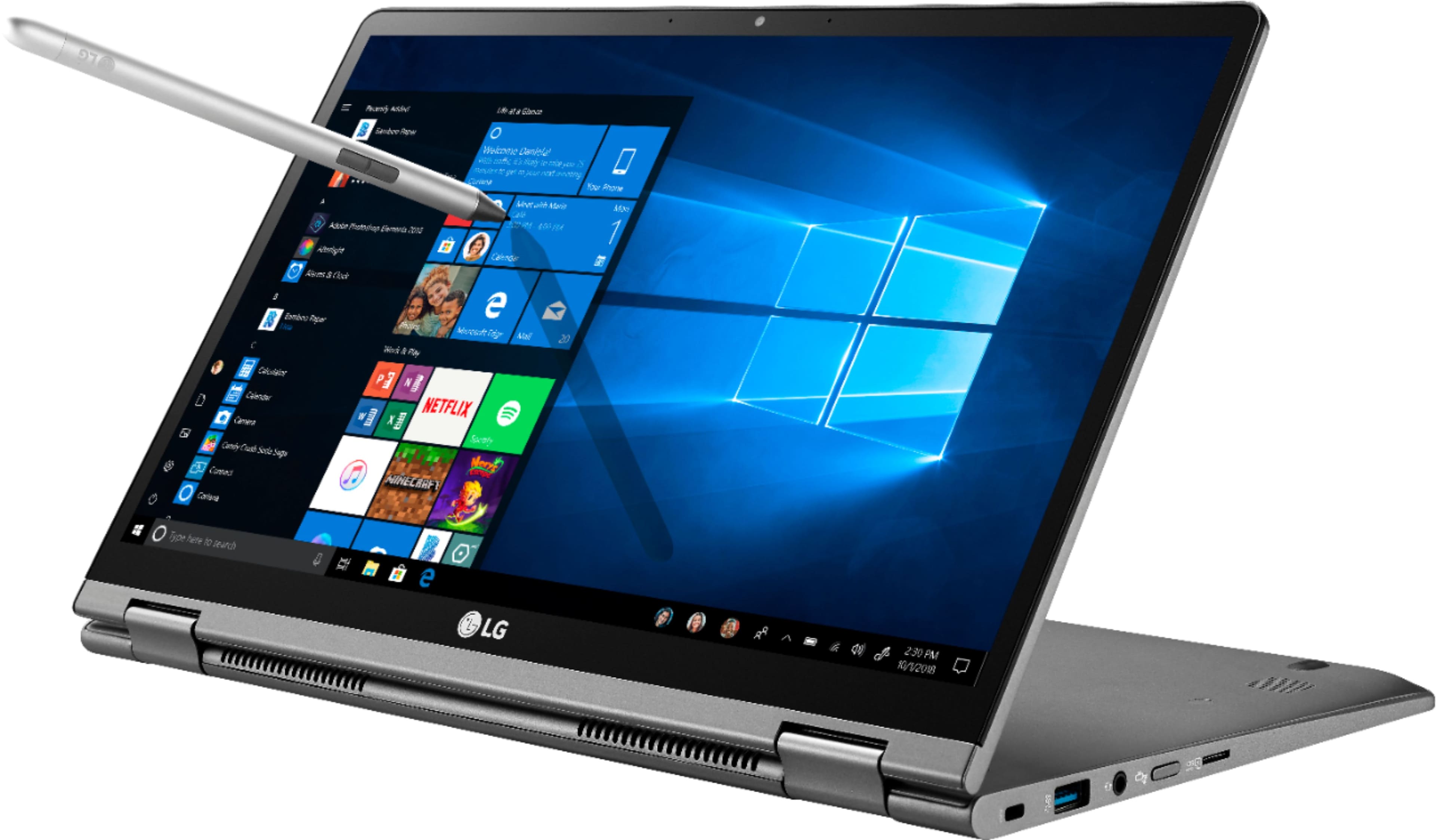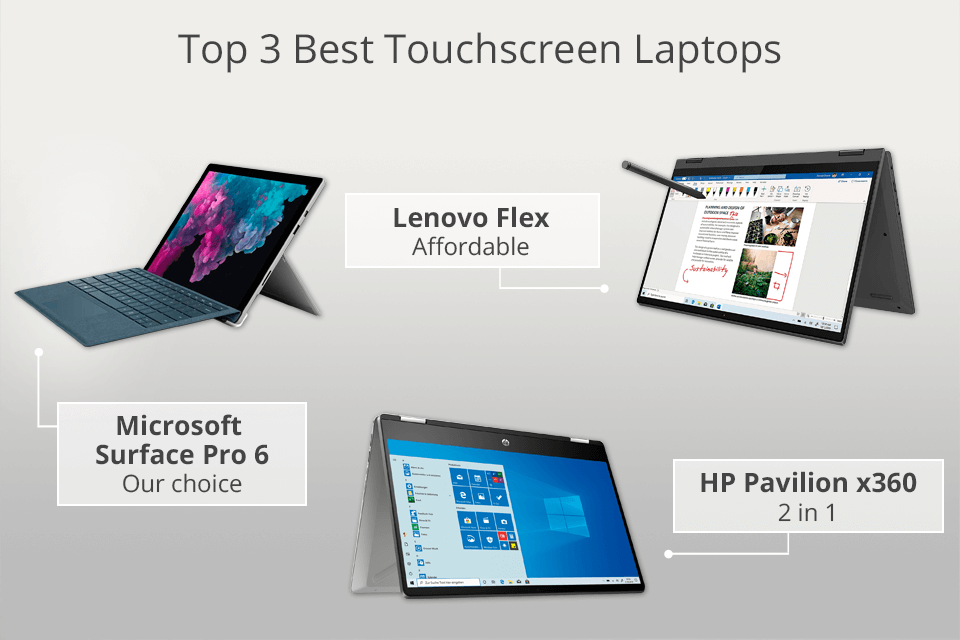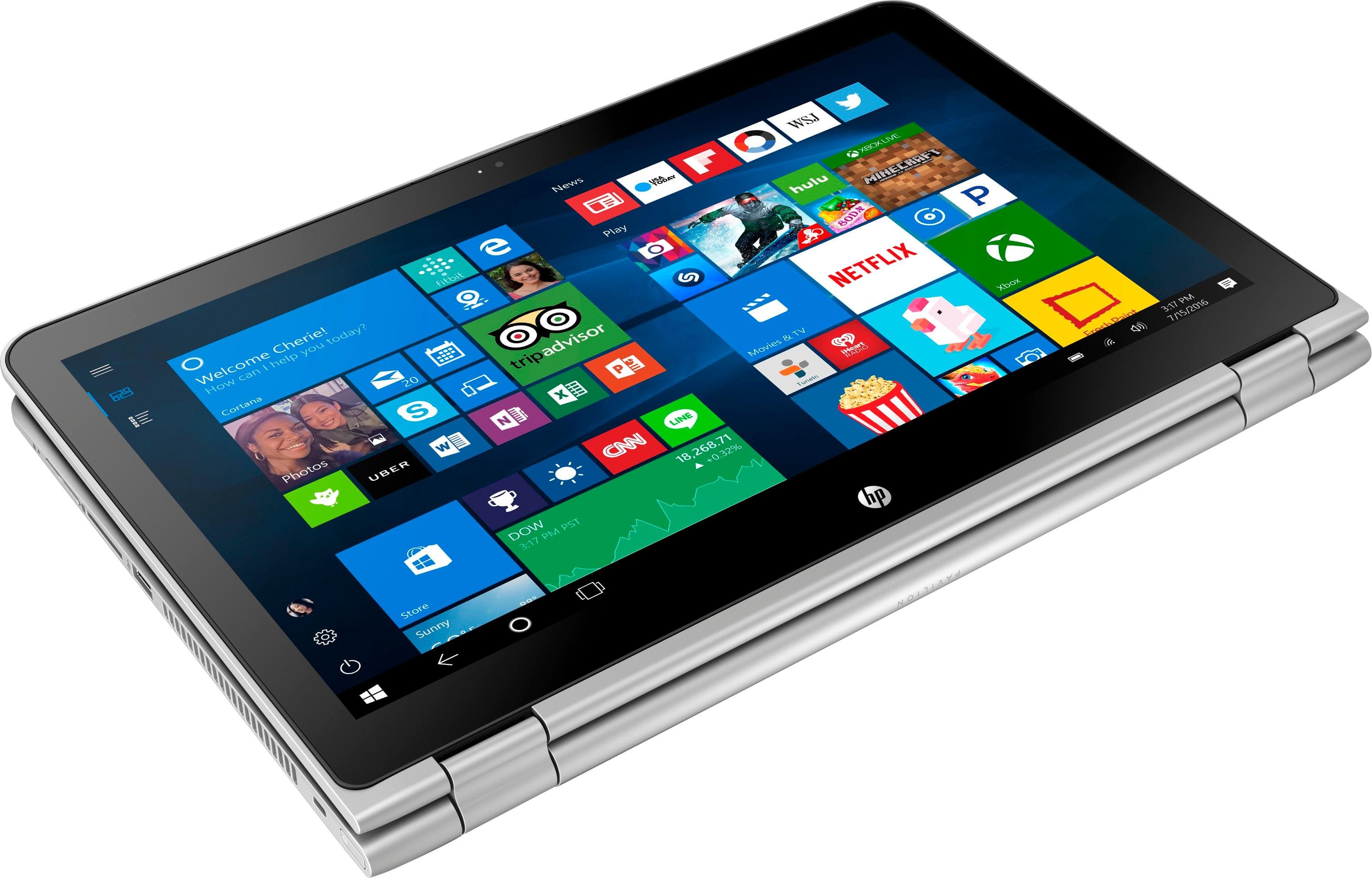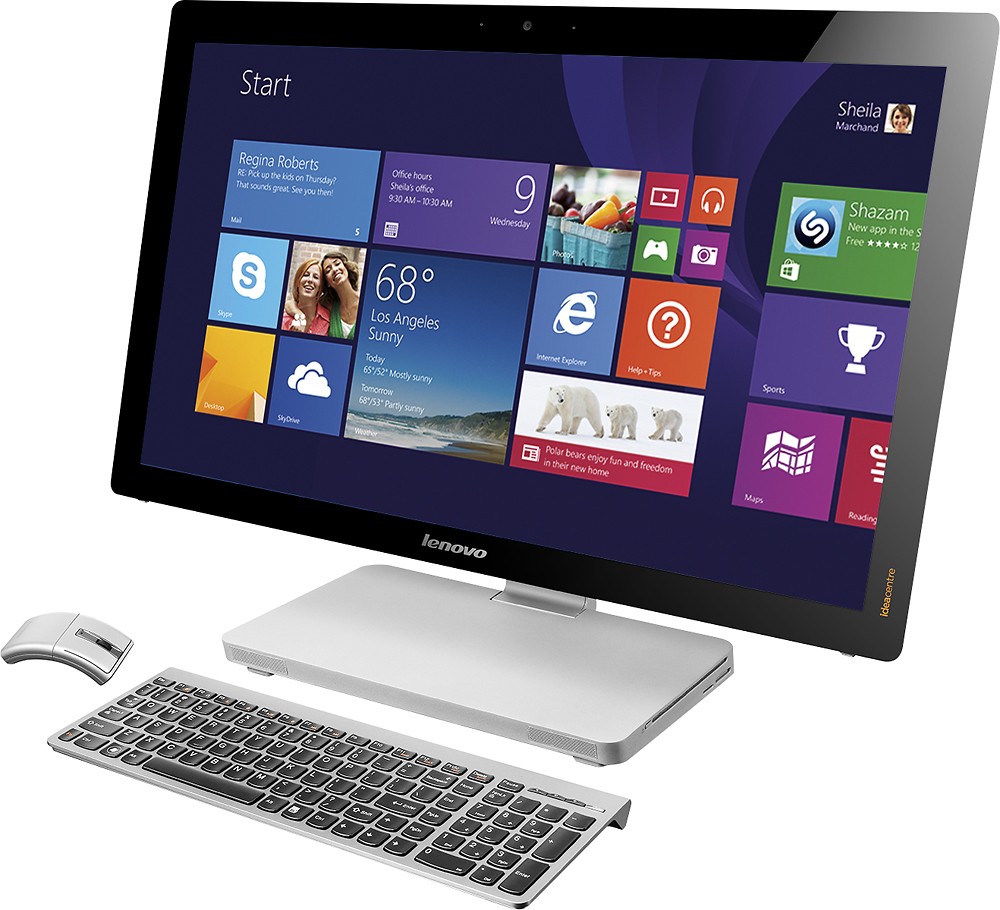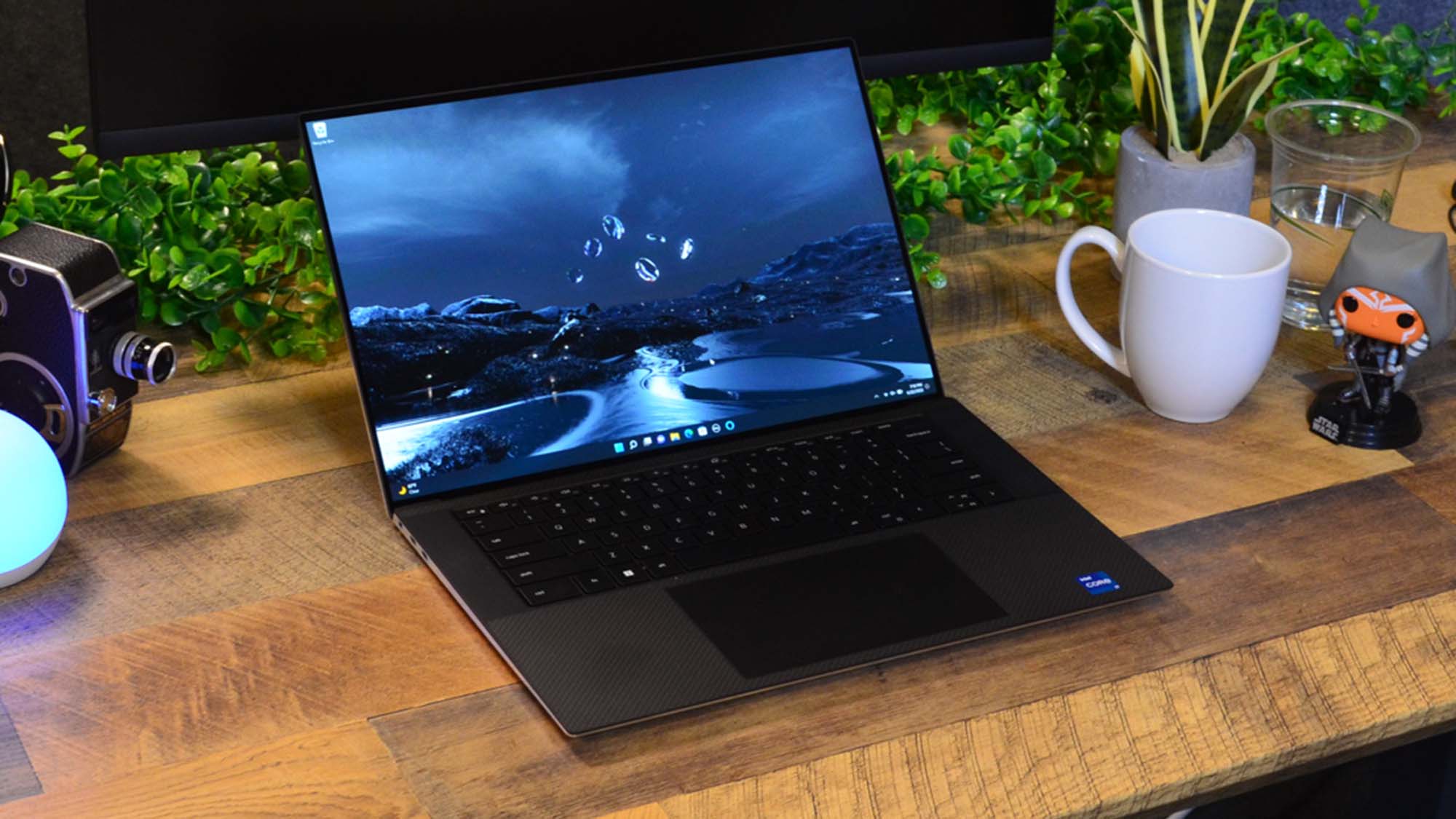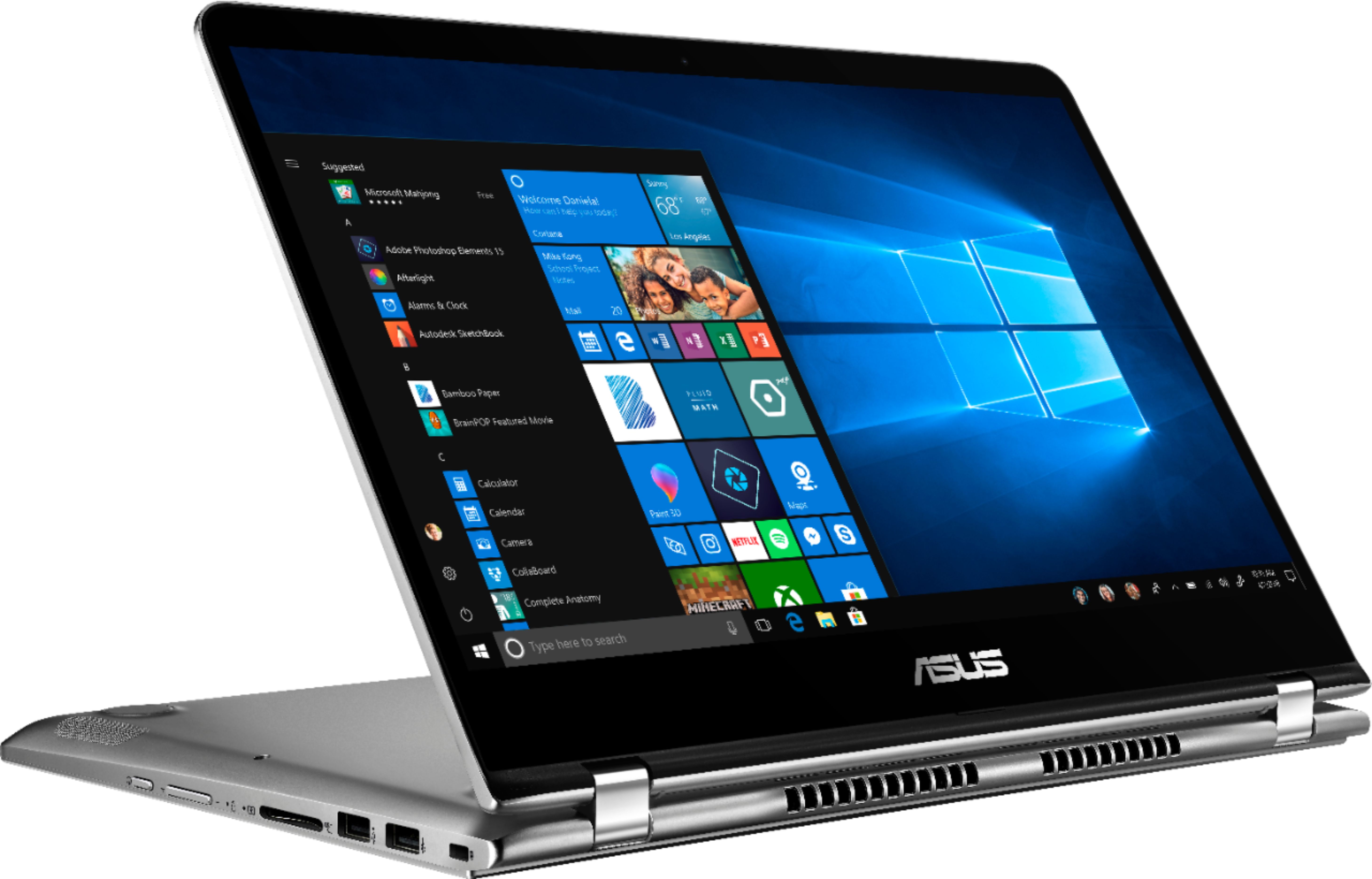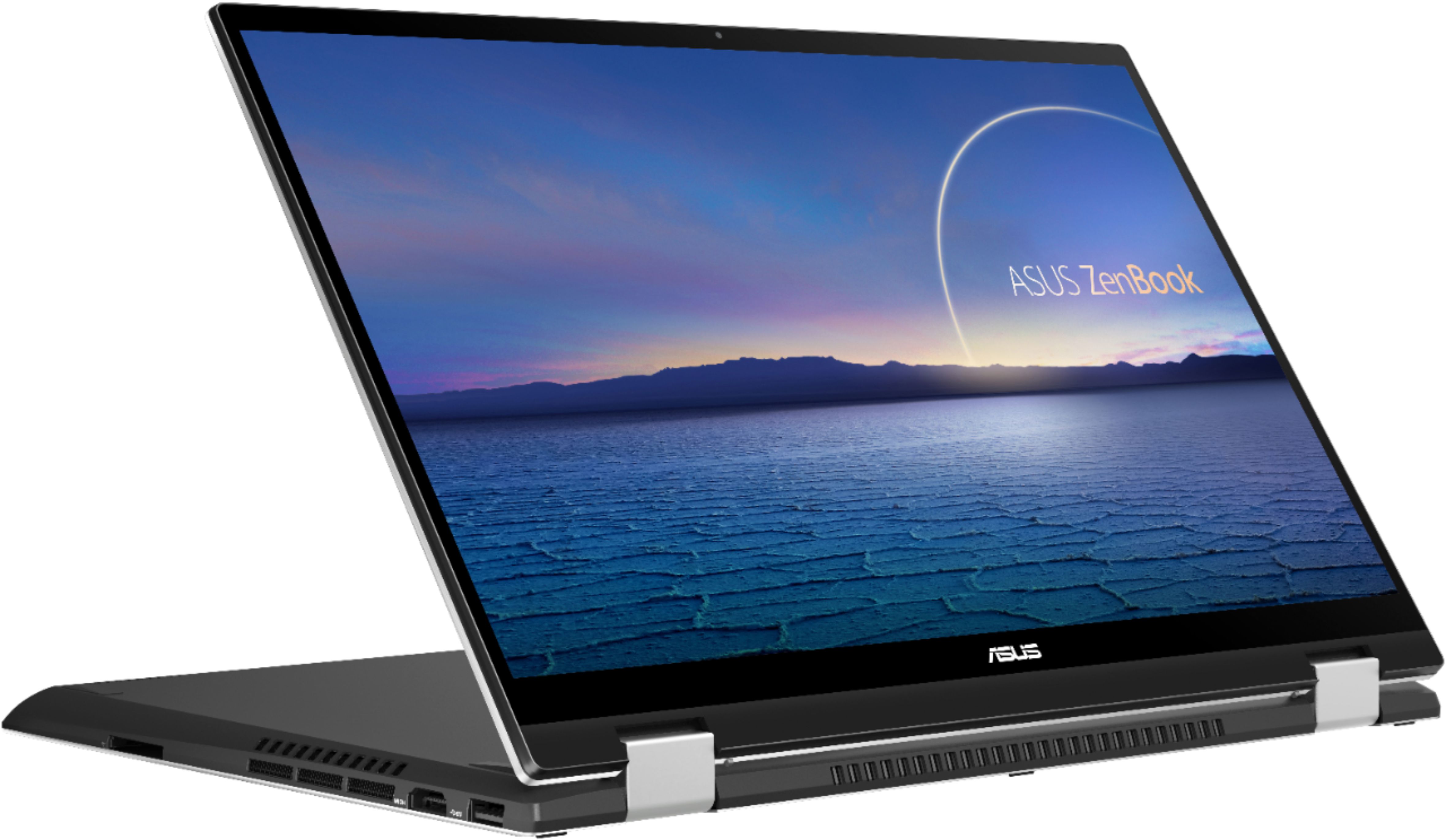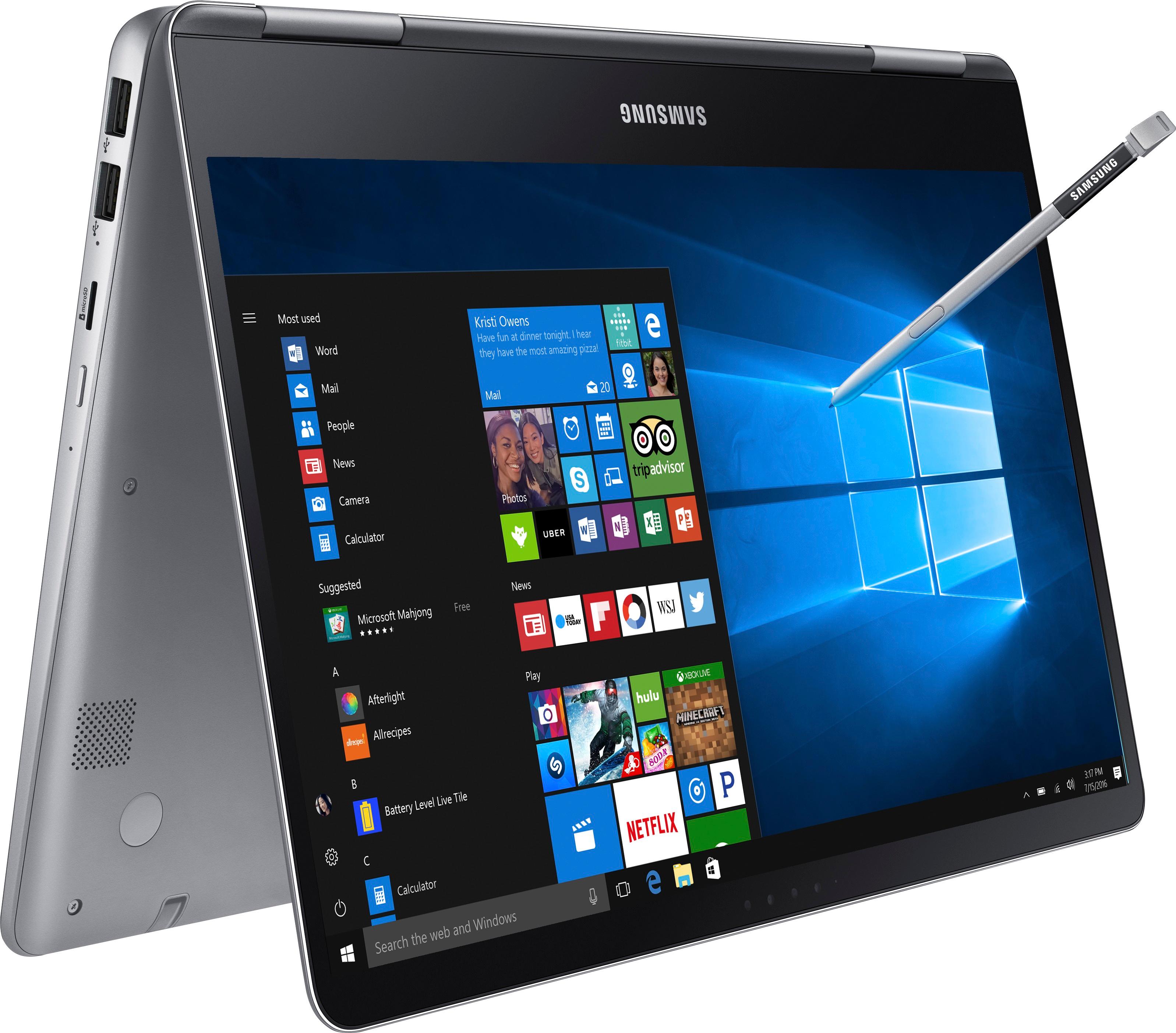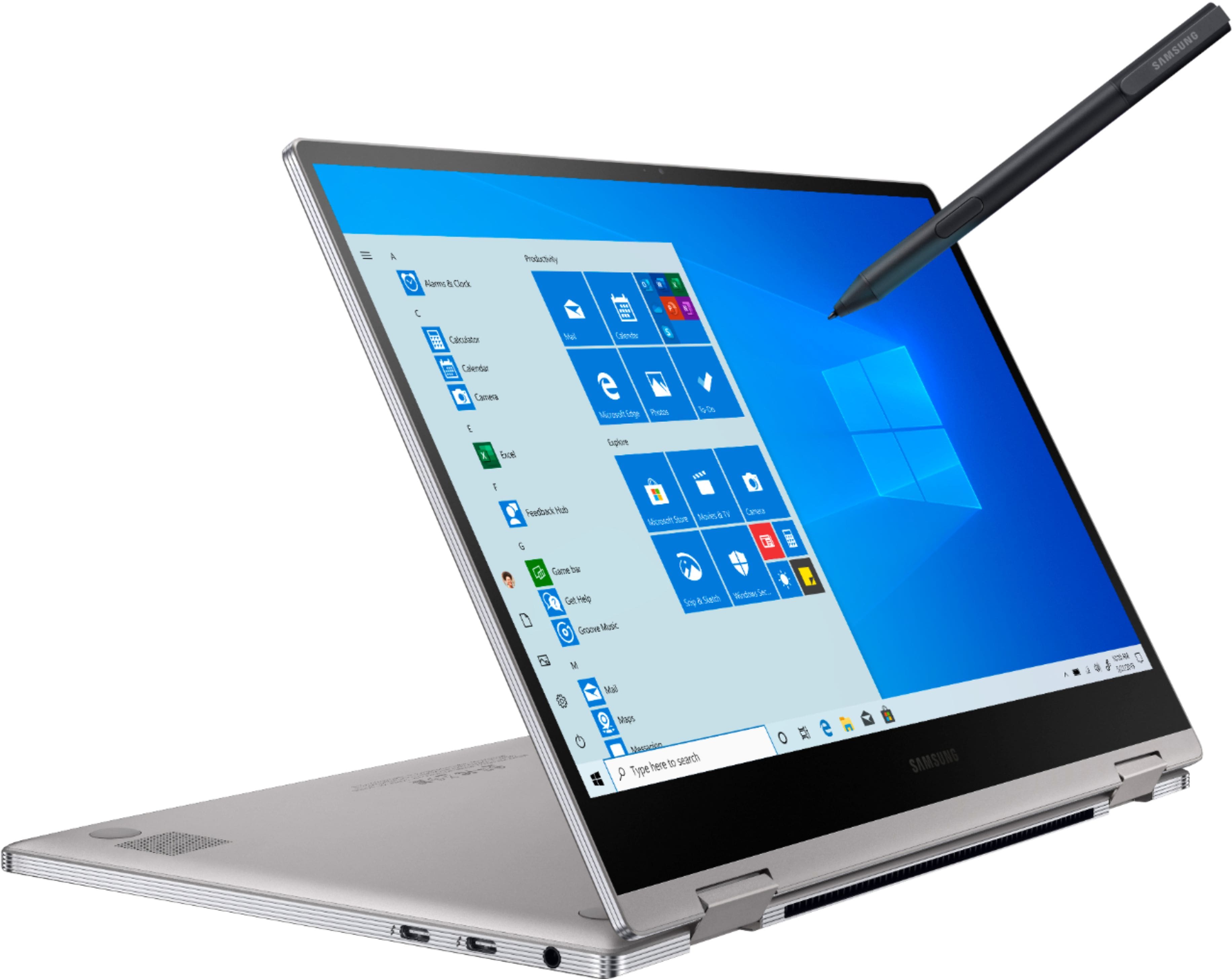Best Touch Screen Computer
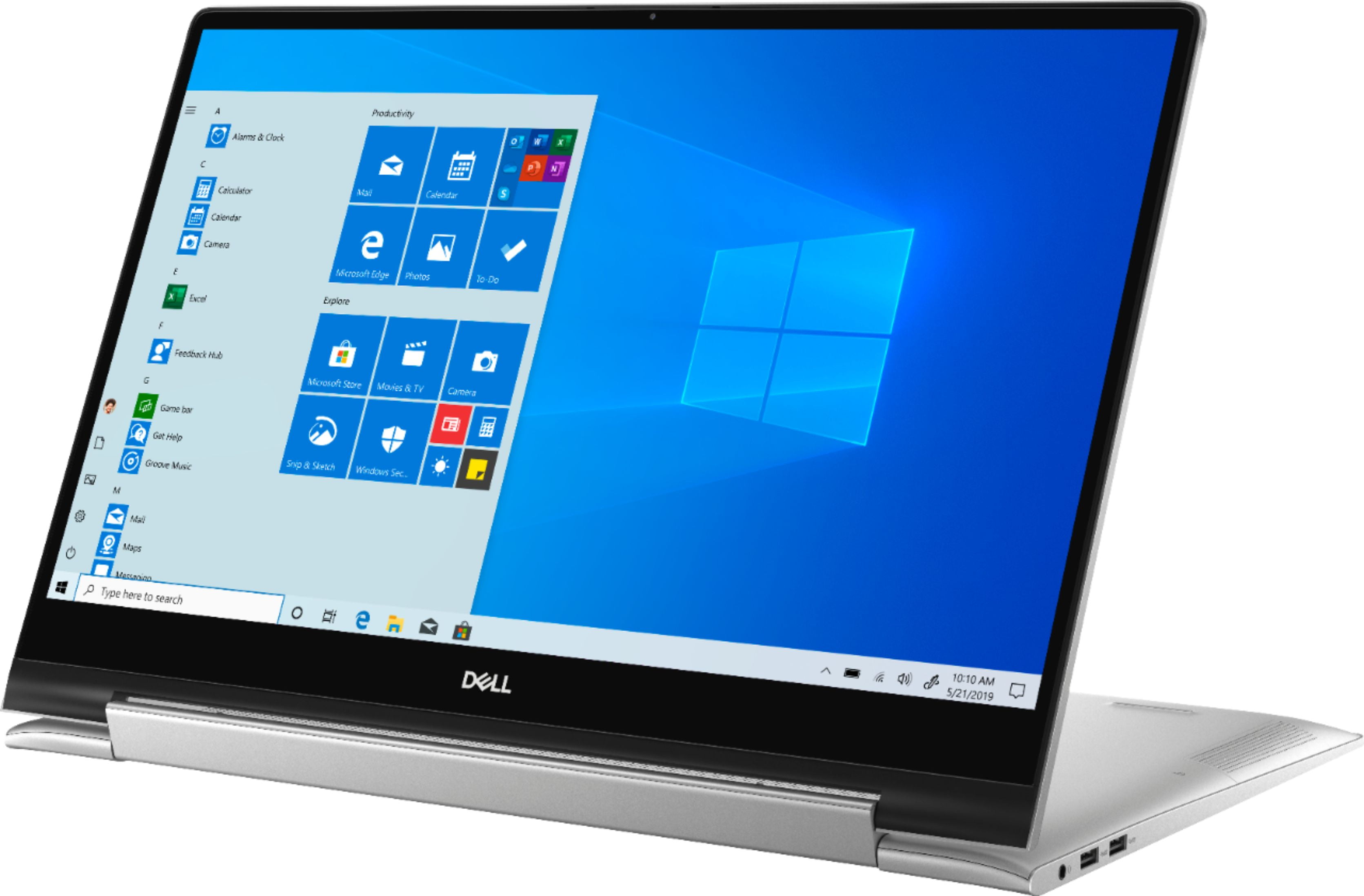
Are you tired of clunky keyboards and finicky mice? Thinking about diving into the world of touch screen computers? You're in the right place! This guide is designed for first-time buyers, those who are curious but maybe a little overwhelmed by the options. We'll break down everything you need to know to choose the perfect touch screen computer for your needs, from understanding specifications to weighing the pros and cons of buying used.
Why Touch Screen Computers Matter
Touch screen computers offer an intuitive and interactive experience. They blur the lines between tablets and traditional computers, making them ideal for creative tasks, presentations, and even everyday browsing. Imagine effortlessly sketching designs, navigating complex spreadsheets with a swipe, or giving dynamic presentations directly from the screen.
Their versatility makes them suitable for a wide range of users, from students to professionals. The intuitive interface can significantly improve productivity and engagement.
Top 5 Touch Screen Computers: A Quick Comparison
| Model | Price (USD) | Processor | RAM | Storage | Screen Size | Warranty |
|---|---|---|---|---|---|---|
| Microsoft Surface Pro 9 | $999+ | Intel Core i5/i7 (12th Gen) | 8GB/16GB/32GB | 256GB/512GB/1TB SSD | 13" | 1 Year Limited |
| HP Spectre x360 14 | $1249+ | Intel Core i5/i7 (13th Gen) | 8GB/16GB | 512GB/1TB SSD | 13.5" | 1 Year Limited |
| Dell XPS 13 2-in-1 | $1099+ | Intel Core i5/i7 (12th Gen) | 8GB/16GB | 256GB/512GB SSD | 13" | 1 Year Limited |
| Lenovo Yoga 7i 16 | $849+ | Intel Core i5/i7 (13th Gen) | 8GB/16GB | 256GB/512GB/1TB SSD | 16" | 1 Year Limited |
| Apple iPad Pro 12.9" (with Magic Keyboard) | $1099+ (iPad only) | Apple M2 Chip | 8GB/16GB | 128GB/256GB/512GB/1TB/2TB SSD | 12.9" | 1 Year Limited |
Detailed Reviews
Microsoft Surface Pro 9
The Surface Pro 9 remains a top contender. It combines tablet portability with laptop functionality. Its vibrant display and responsive touch screen make it ideal for creative work and on-the-go productivity.
However, the keyboard and pen are sold separately, increasing the overall cost. Battery life can also be a concern for heavy users.
HP Spectre x360 14
The HP Spectre x360 14 offers a premium design and powerful performance. Its stunning OLED display and comfortable keyboard make it a joy to use. The 360-degree hinge allows for versatile usage modes.
It can be a bit pricey, but the features and build quality justify the investment. Some users may find the larger size less portable than the Surface Pro.
Dell XPS 13 2-in-1
The Dell XPS 13 2-in-1 is a sleek and stylish option. Its compact design and lightweight build make it perfect for travel. The touch screen is responsive and accurate.
The battery life is good, but not exceptional. The limited port selection may require dongles for some users.
Lenovo Yoga 7i 16
The Lenovo Yoga 7i 16 is a great value for its price. It offers a large display and decent performance. The 360-degree hinge provides flexibility.
The build quality is not as premium as the other models. The display is not as vibrant or sharp.
Apple iPad Pro 12.9" (with Magic Keyboard)
The Apple iPad Pro, when paired with the Magic Keyboard, provides a compelling alternative. Its powerful M2 chip delivers blazing-fast performance. The Liquid Retina XDR display is stunning.
iPadOS is not as fully featured as Windows or macOS. The Magic Keyboard is an additional expense.
Used vs. New: Weighing the Options
Used Touch Screen Computers: Pros
- Lower Cost: Significantly cheaper than buying new.
- Depreciation Advantage: Someone else has already absorbed the initial depreciation.
- Environmentally Friendly: Extends the lifespan of existing devices.
Used Touch Screen Computers: Cons
- Uncertain History: Potential for hidden damage or issues.
- Shorter Lifespan: Battery life and overall performance may be degraded.
- Limited or No Warranty: Repairs can be costly.
- Outdated Technology: May not support the latest software or features.
New Touch Screen Computers: Pros
- Full Warranty: Protection against defects and malfunctions.
- Latest Technology: Access to the newest features and performance improvements.
- Pristine Condition: No cosmetic damage or wear and tear.
- Longer Lifespan: Enjoy years of reliable use.
New Touch Screen Computers: Cons
- Higher Cost: Significantly more expensive than used options.
- Depreciation: Value decreases quickly after purchase.
Recommendation: If budget is a major concern and you're comfortable with some risk, a reputable refurbished model from a trusted seller could be a good option. Otherwise, buying new offers peace of mind and a longer lifespan.
Reliability Ratings by Brand
Brand reliability can vary. Here's a general overview based on industry reports and customer reviews:
- Apple: Generally considered highly reliable, with excellent build quality and software support.
- Microsoft: Surface devices have seen improvements in reliability over the years.
- HP: Known for solid build quality and good customer support.
- Dell: A reliable brand with a wide range of options.
- Lenovo: Offers a good balance of price and reliability.
Important Note: These are general trends. Individual experiences can vary. Always read reviews specific to the model you're considering.
Checklist: 5 Must-Check Features Before Buying
- Screen Resolution and Brightness: Ensure a sharp and vibrant display that's comfortable to view in different lighting conditions. Look for at least 1920x1080 (Full HD) resolution.
- Processor and RAM: Choose a processor and RAM configuration that meets your performance needs. For basic tasks, an Intel Core i5 or AMD Ryzen 5 with 8GB of RAM should suffice. For demanding tasks, consider an i7 or Ryzen 7 with 16GB+ of RAM.
- Storage Capacity: Opt for an SSD (Solid State Drive) for faster performance. Consider your storage needs and choose accordingly. 256GB is a good starting point, but 512GB or 1TB may be necessary for large files and applications.
- Battery Life: If portability is important, check the battery life rating. Real-world battery life can vary depending on usage.
- Ports and Connectivity: Ensure the computer has the ports you need, such as USB-A, USB-C, HDMI, and a headphone jack. Check for Wi-Fi and Bluetooth connectivity.
Key Takeaways
Choosing the best touch screen computer involves considering your individual needs and priorities. Think about how you'll primarily use the device, your budget, and your desired level of portability. Research specific models, compare specifications, and read reviews. Don't forget to assess the pros and cons of buying used versus new.
Consider the reliability ratings of different brands and carefully examine the essential features before making your purchase. Taking the time to do your research will help you find a touch screen computer that you'll love for years to come.
Ready to Dive In?
Now that you're armed with the knowledge, it's time to start exploring! Visit online retailers, read expert reviews, and compare prices. Don't be afraid to visit a local electronics store to try out different models in person. The perfect touch screen computer is out there waiting for you!

